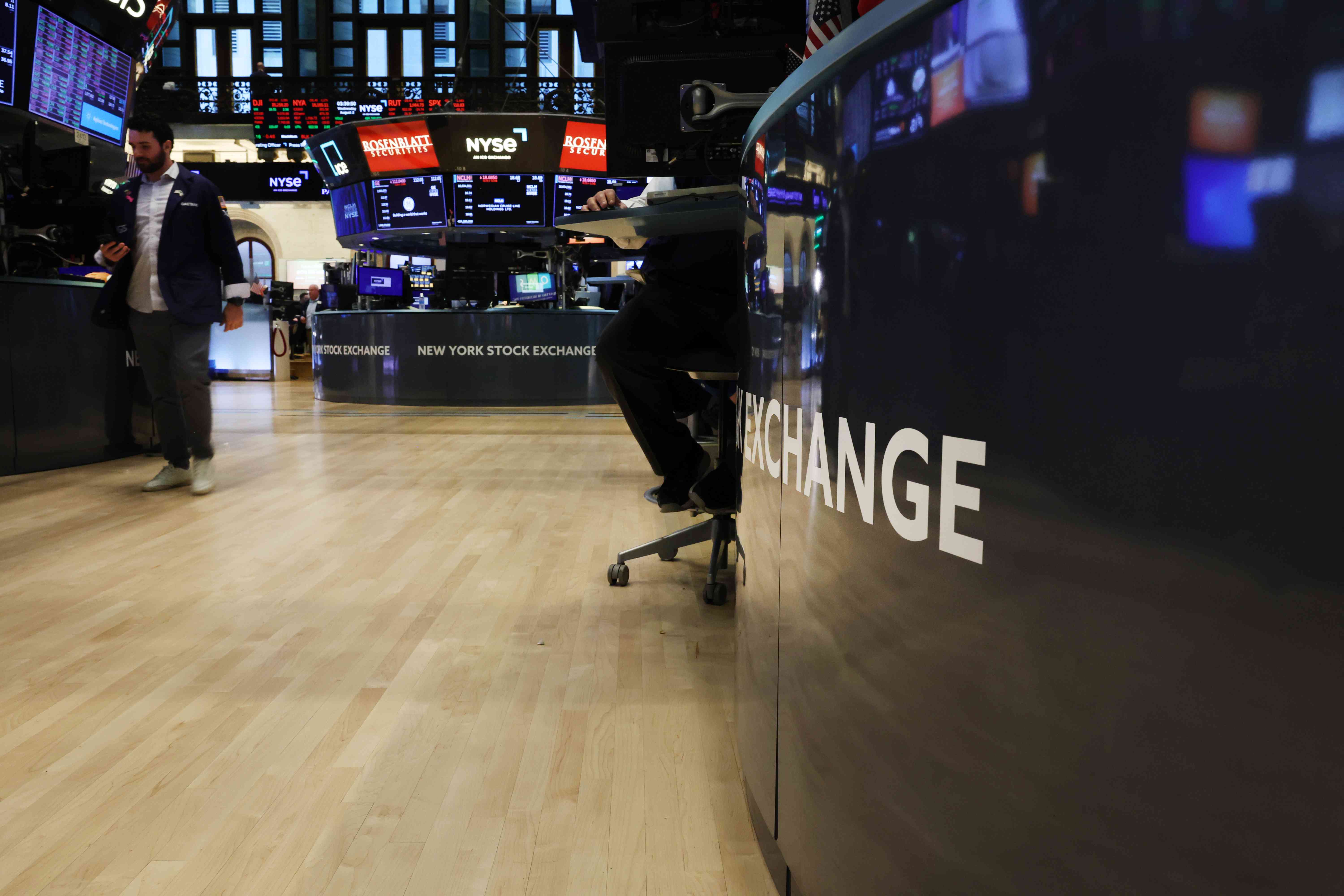Articles
Markets Whipsaw as Bonds and Stocks move in Opposite Directions
"The evolution of the inflation outlook remains critical for forecasting the path of US interest rates in the near term," said Ian Lyngen, strategist at BMO Capital Markets

Markets Whipsaw as Bonds and Stocks move in Opposite Directions .
Stock futures sank and bond
yields jumped as a higher-than-expected inflation report fueled anticipation
that the Federal Reserve will continue to tighten policy.
S&P 500 contracts fell after a report showed that producer prices climbed more than expected, thanks mostly to strength in certain service categories. In early trading, Nasdaq 100 contracts underperformed due to losses in titans like as Tesla Inc. and Nvidia Corp. The two-year US yield, which is more vulnerable to upcoming policy changes, reversed its slide and is now hovering at 4.85%. The value of the dollar fluctuated.
"The evolution of the
inflation outlook remains critical for forecasting the path of US interest
rates in the near term," said Ian Lyngen, strategist at BMO Capital
Markets. "From here, the final major event will be the August survey
results from the University of Michigan." This is the first look investors
will have at August's data, and the most important component inside the details
will be the 5-year inflation outlook."
The University of Michigan's
consumer-sentiment index is projected to decline in early August as rising
petrol prices influence inflation predictions.
Pursuing Higher Yields
According to Bank of America
Corp. strategists led by Michael Hartnett, treasuries are on track for a record
year of inflows as investors seeking some of the highest rates in months flood
into cash and bonds.
In the week ending August 9,
cash funds attracted $20.5 billion, while investors put $6.9 billion into
bonds, according to a note based on EPFR Global data. Meanwhile, the US stock
market experienced its first outflow in three weeks, amounting to $1.6 billion.
Early this month, a major market indicator known as the "most important number in finance" fell to its lowest level since 2004, alarmed investors that it was delivering a gloomy warning. However, history shows that despite the huge move, the generally foreboding sign is really pointing to additional gains.
The equity risk premium is calculated as the difference between the S&P 500's earnings yield and the current yield on 10-year Treasury notes. The bigger the risk premium, the more appealing stocks are in comparison to bonds. This metric, which has been falling sharply for the most of the year, has just dropped to its lowest level in about 20 years, showing that equities are becoming considerably overvalued in comparison to bonds.
Elsewhere, the pound gained
alongside UK bond yields on data indicating the British economy recorded its
best quarterly growth in more than a year, an unexpected display of resilience
that will keep pressure on the Bank of England to hike rates further.

